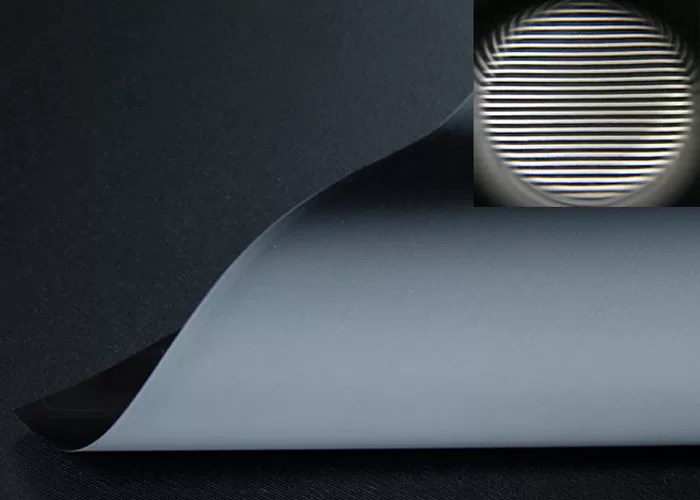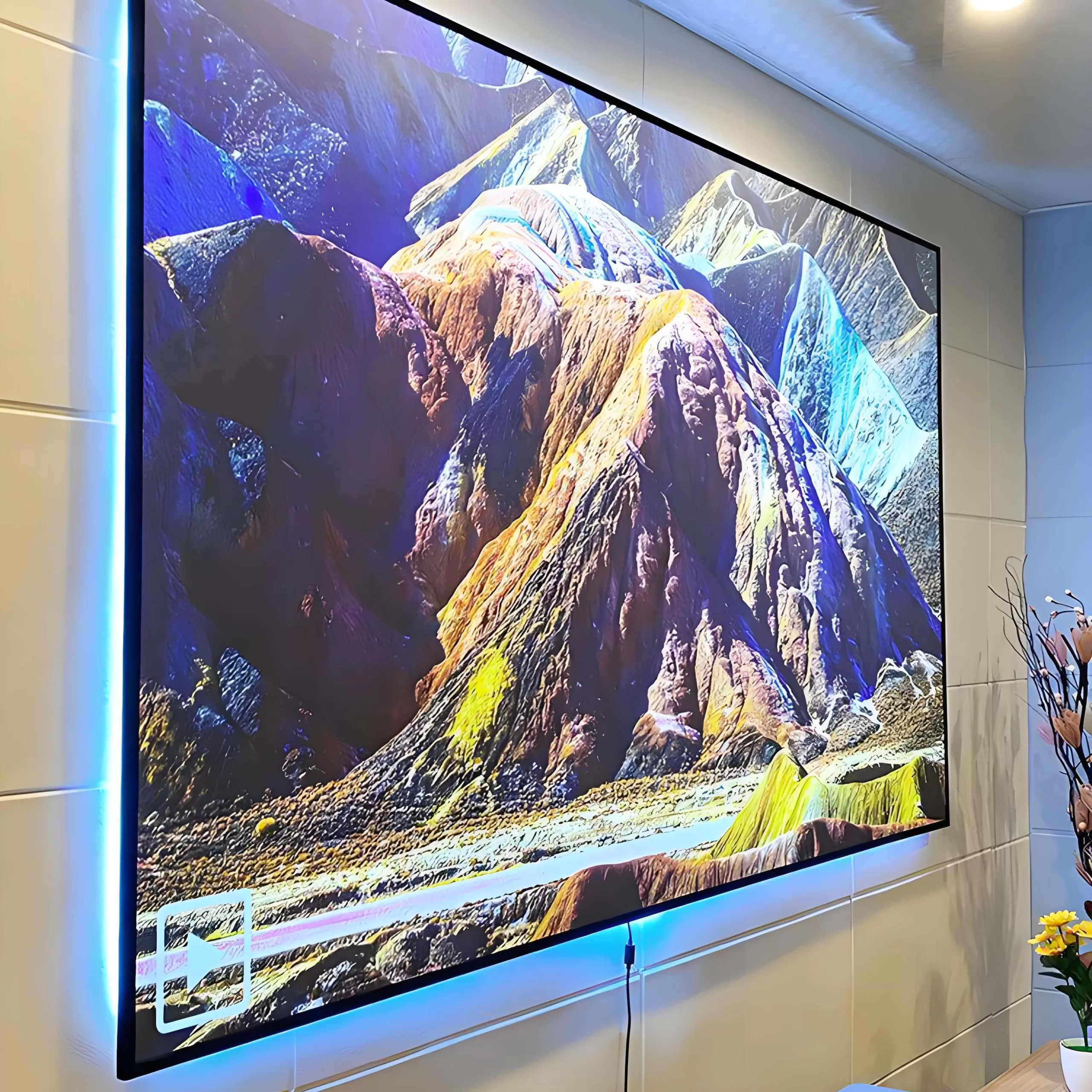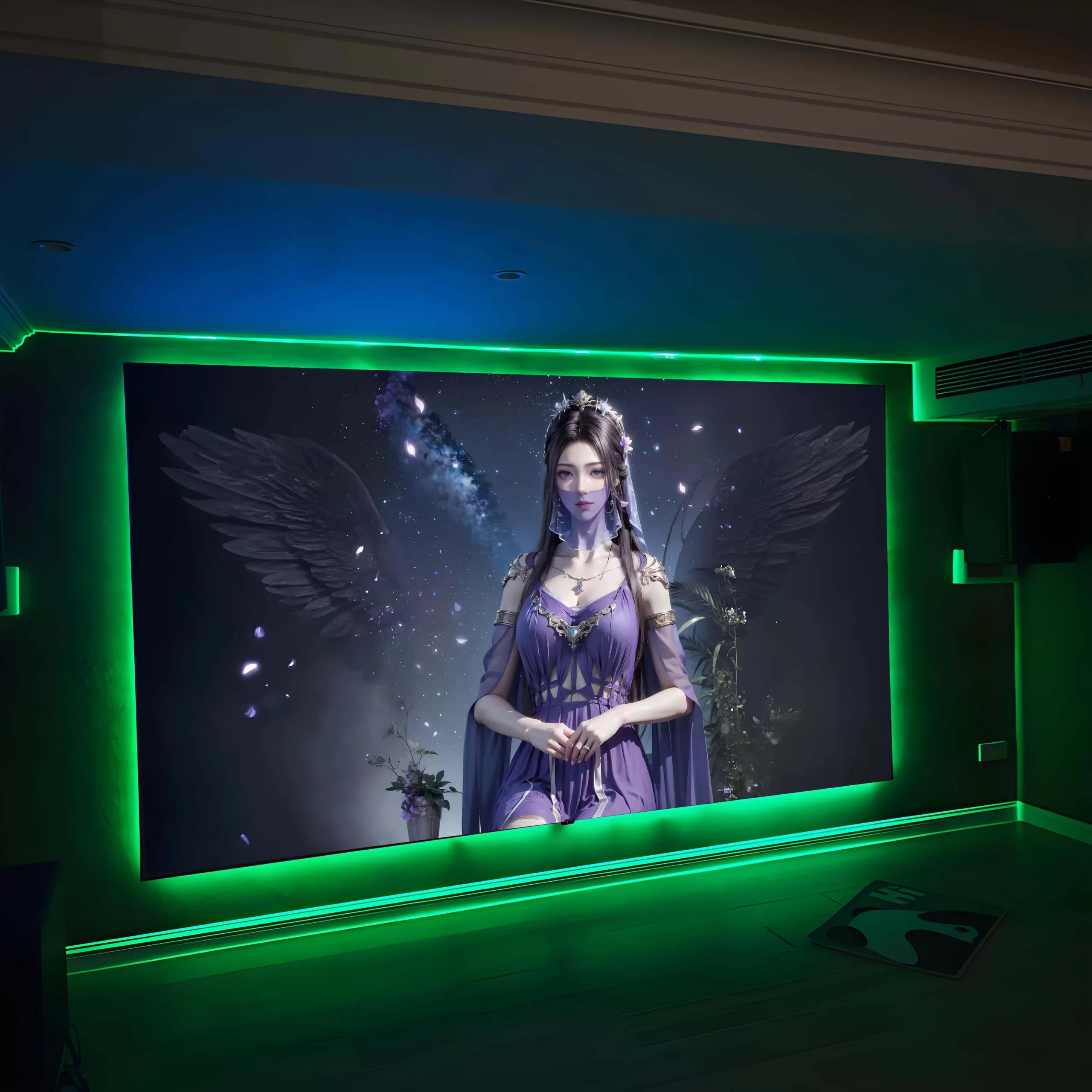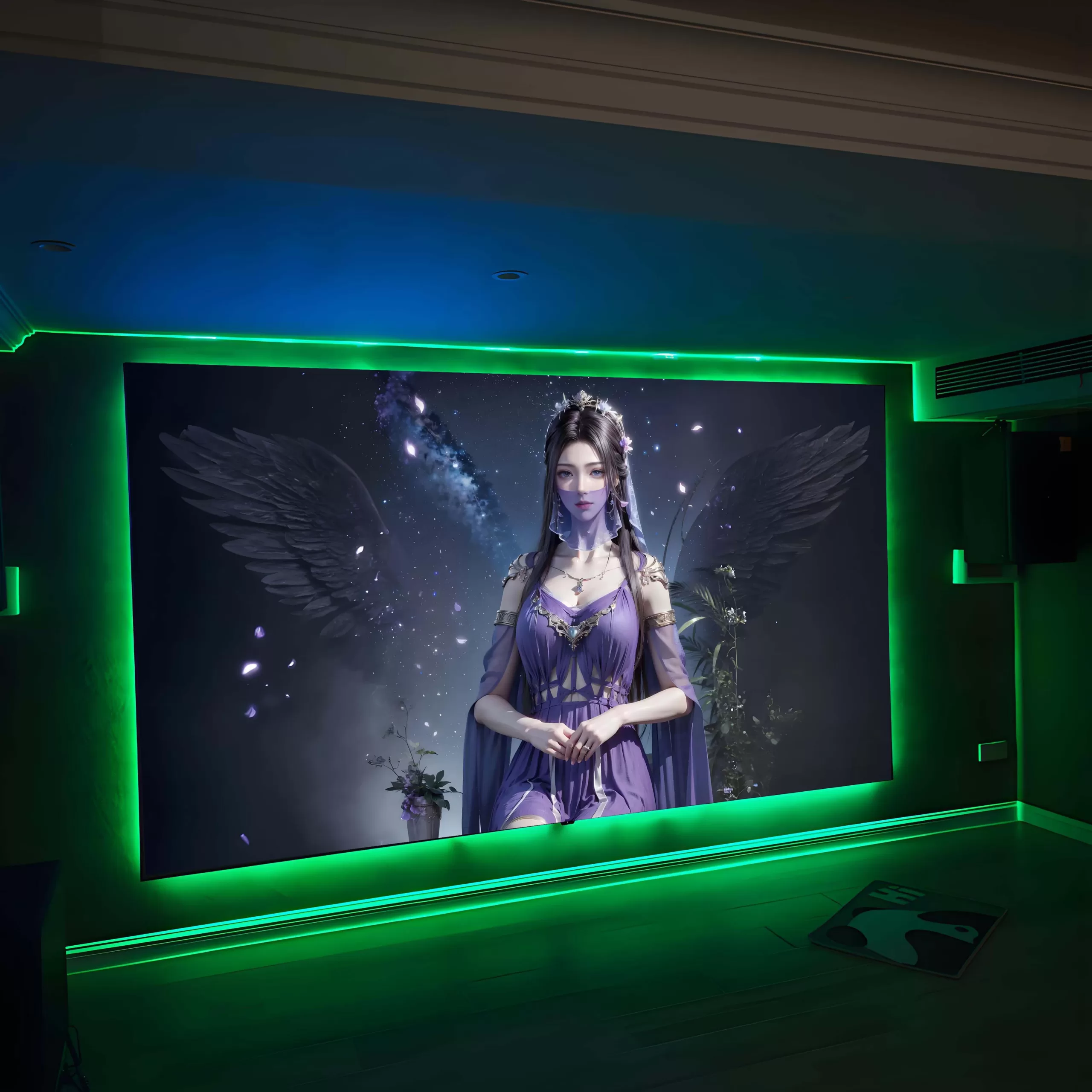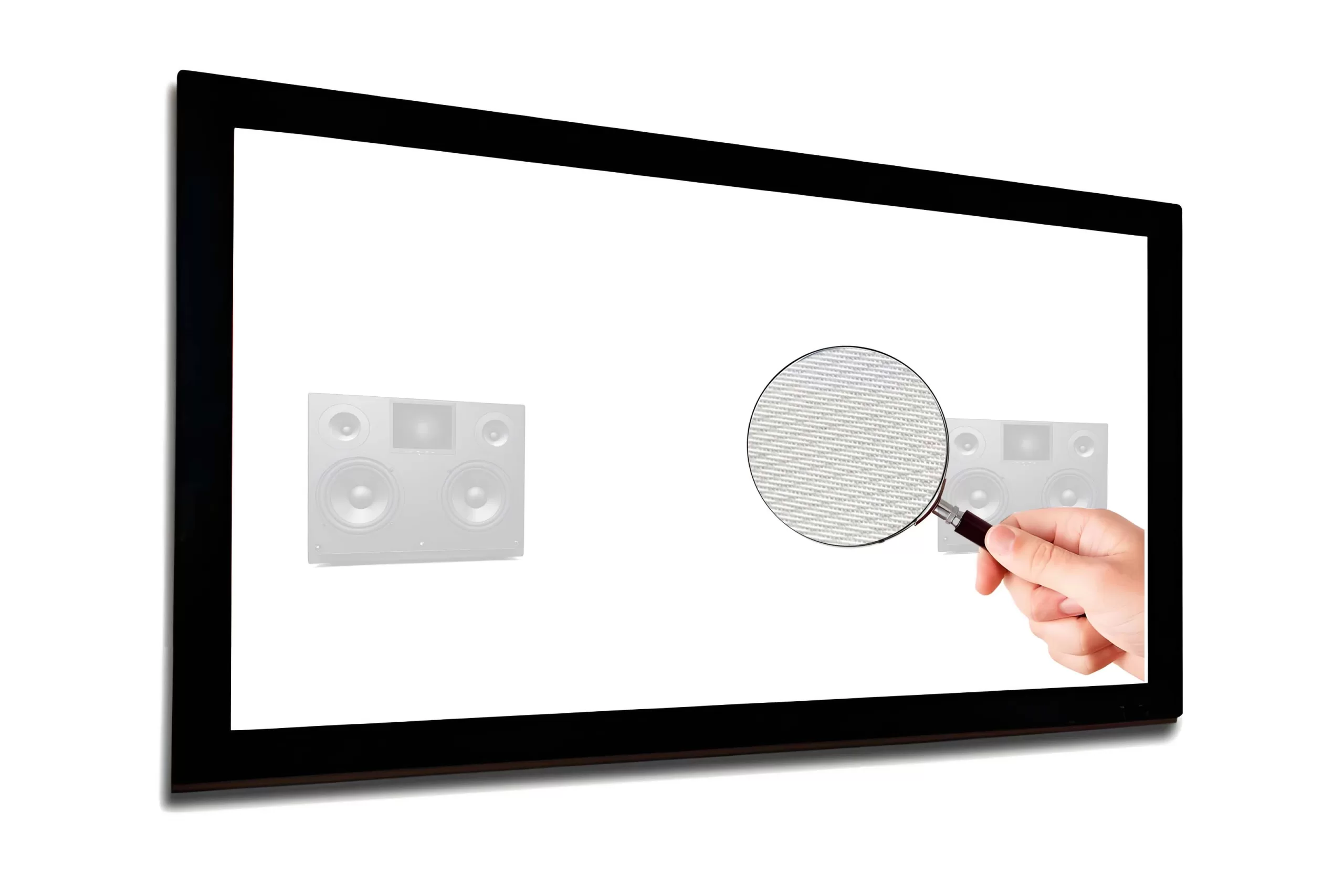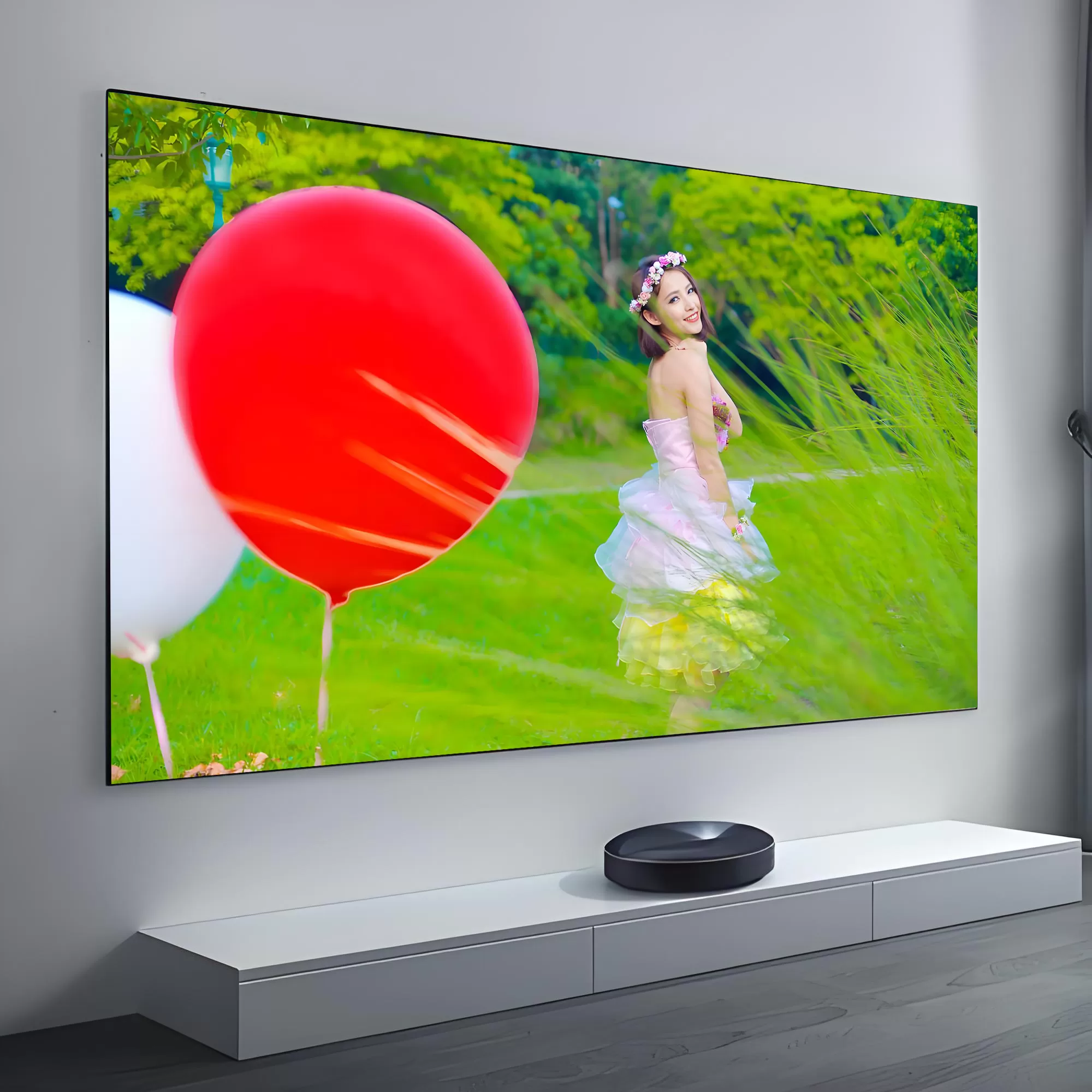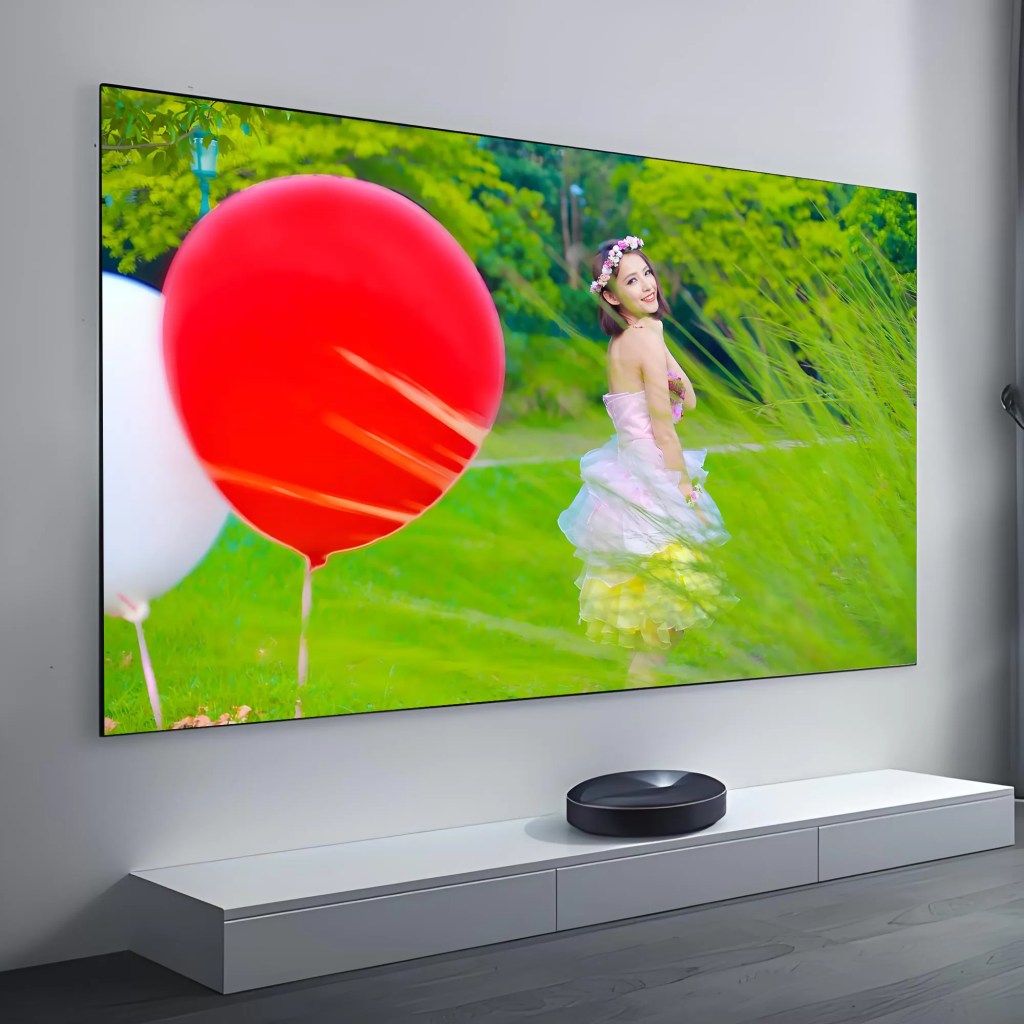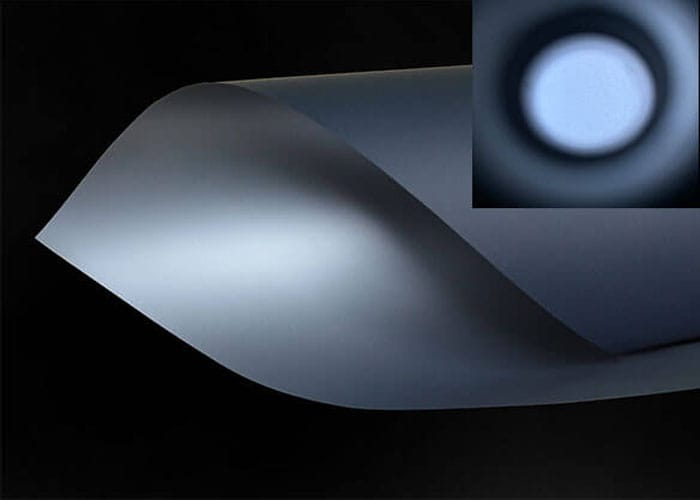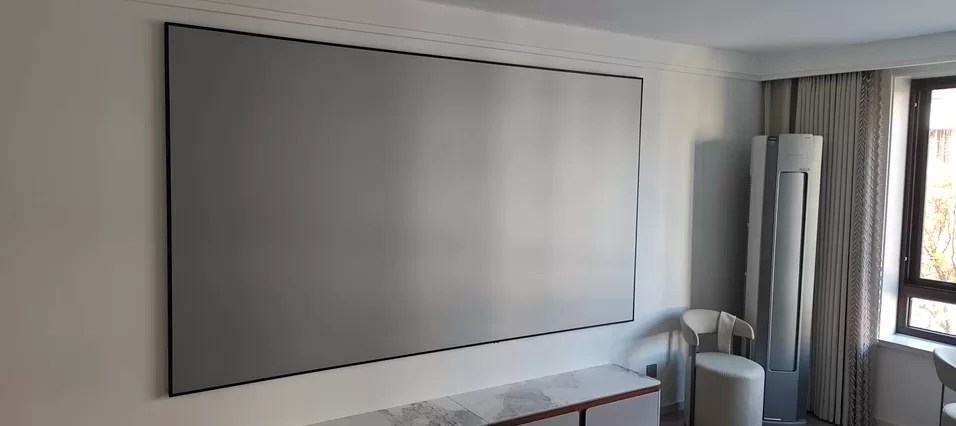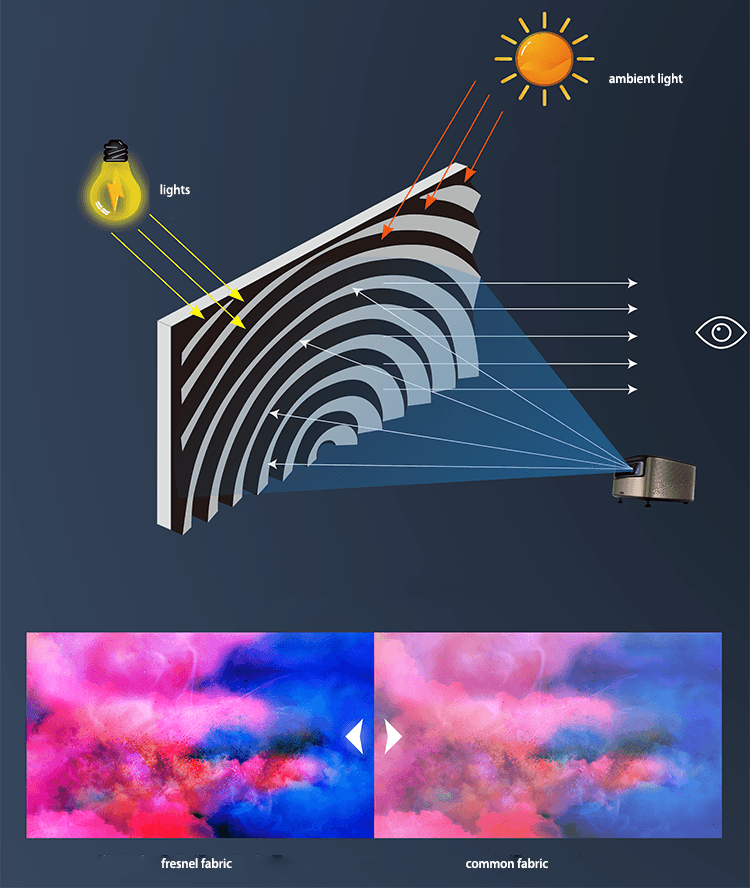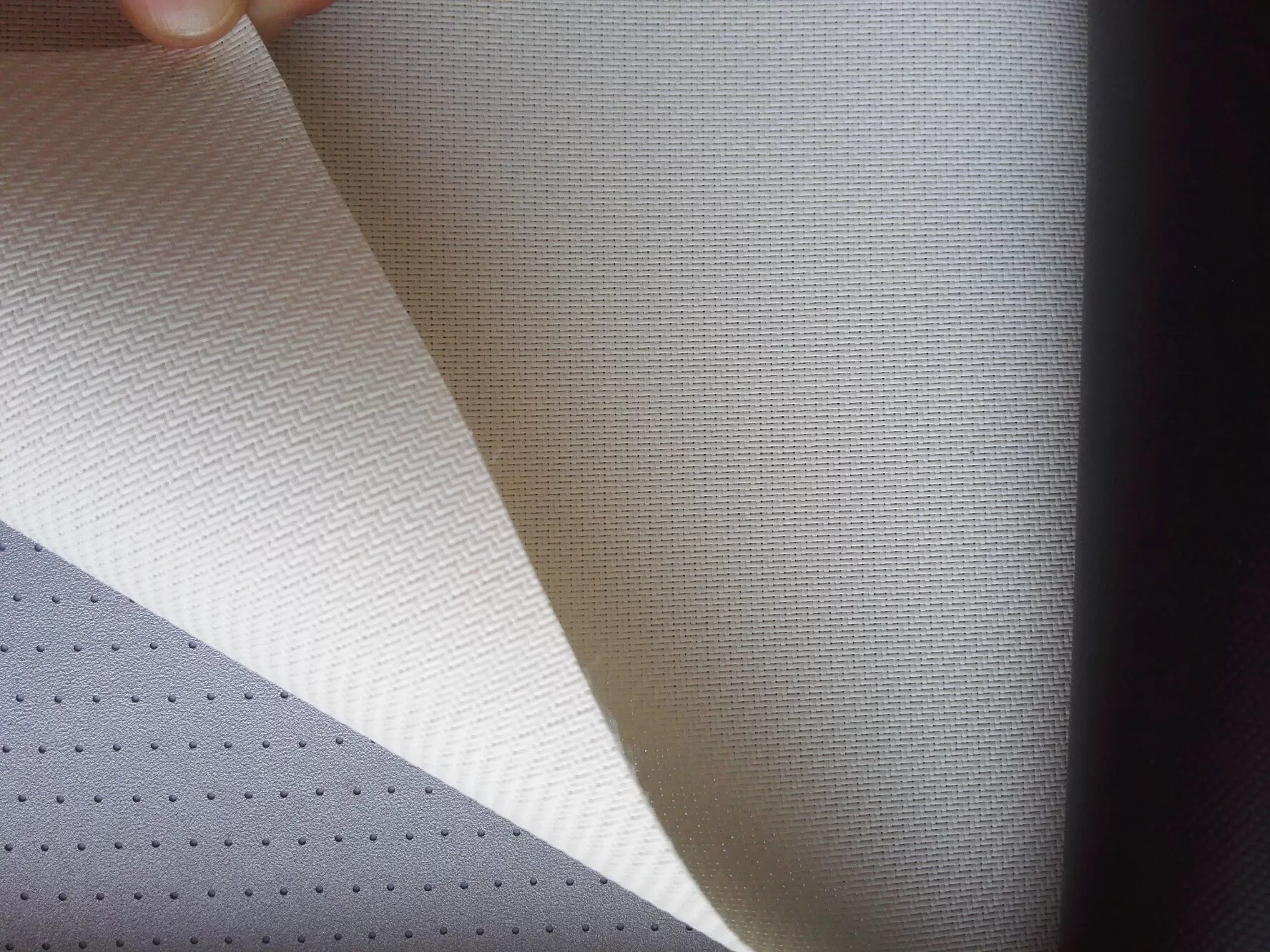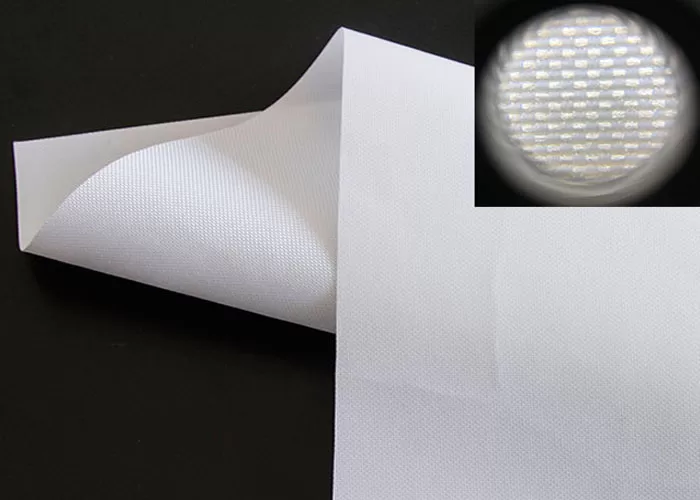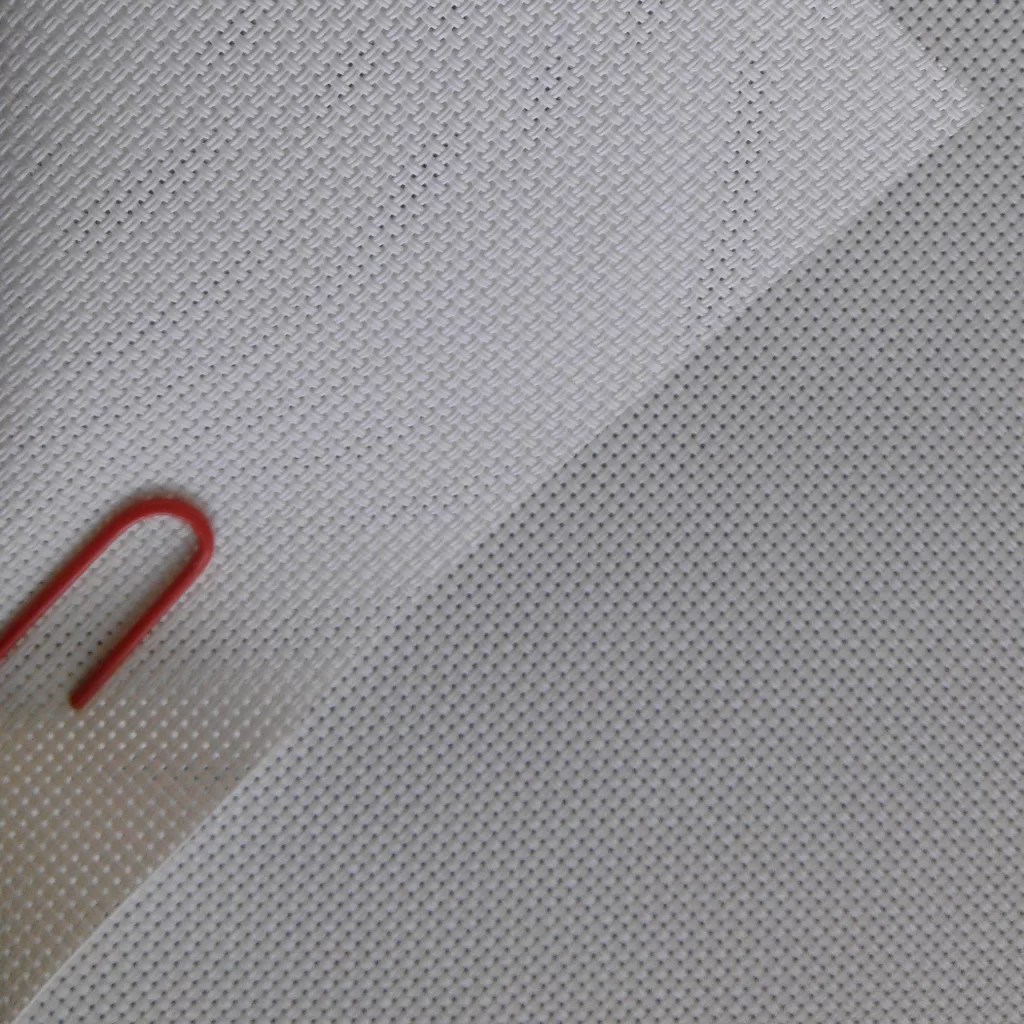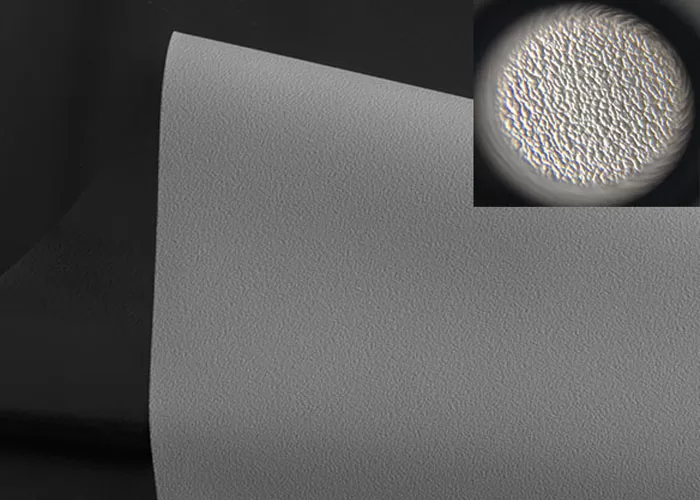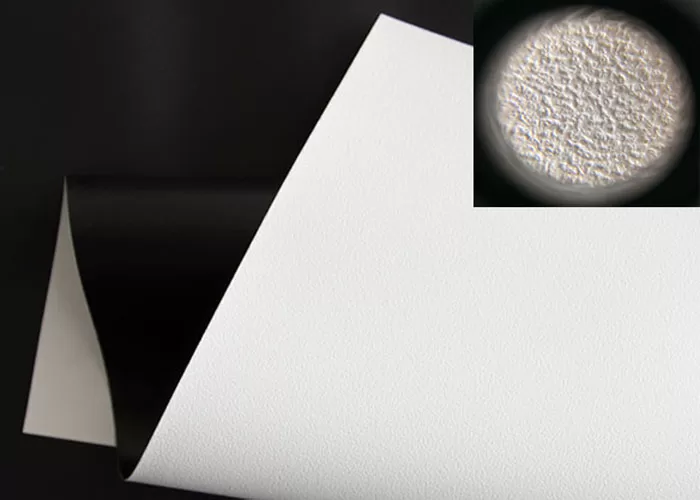Choosing the right projection screen depends on the usage scenario, projector performance, budget, and personal needs. Here are the key steps and considerations for choosing a projection screen:
- Determine the usage scenario
Home theater: Pursue high image quality and immersion, suitable for choosing a screen with high contrast and good color reproduction.
Business presentation: Focus on portability and ease of use, suitable for choosing an electric screen or a portable screen.
Education or training: Need to be durable and suitable for multiple people to watch, choose a manual screen or an electric screen.
Outdoor activities: Need a screen that is resistant to ambient light and high brightness, choose a portable screen or a high-gain screen.
- Choose the type of screen
Fixed frame screen: The picture is flat, suitable for fixed installation home theaters or conference rooms.
Electric screen: It can be raised and lowered, suitable for occasions that require flexible use, such as conference rooms or home theaters.
Manual screen: Economical and affordable, suitable for small venues with limited budgets.
Portable screen: Easy to carry and install, suitable for temporary use, such as outdoor activities or business presentations.
Floor-pull screen: It is movable, suitable for occasions that need to change venues frequently.
- Choose the material of the screen
Matte White:
Gain: 1.0 (standard).
Features: good color reproduction, wide viewing angle, suitable for most environments.
Applicable scenarios: home theater, conference room, classroom.
Glass Beaded:
Gain: 1.5-2.5.
Features: strong light reflection, suitable for darker environments, but narrow viewing angle.
Applicable scenarios: small conference rooms, home theaters (light controllable).
Gray screen:
Gain: 0.8-1.2.
Features: improve contrast, suitable for high-brightness projectors or occasions with strong ambient light.
Applicable scenarios: home theaters (strong ambient light).
Acoustic transparent screen:
Features: allows sound to pass through the screen, suitable for placing speakers behind the screen.
Applicable scenarios: high-end home theaters or professional theaters.
Metal screen:
Gain: 2.0-3.0.
Features: high brightness, high contrast, suitable for 3D projection or high brightness environment.
Applicable scenarios: 3D cinema, outdoor activities.
- Determine the screen size
Choose according to viewing distance:
Viewing distance = screen diagonal length × 1.5 to 2.5.
For example, a 100-inch screen (diagonal about 2.5 meters), the best viewing distance is 3.75 meters to 6.25 meters.
Choose according to room size:
Small room: 80-100 inches.
Medium room: 100-120 inches.
Large room: 120-150 inches or larger.
- Choose the screen ratio
16:9: suitable for modern home theaters and most video content (movies, TV, games).
4:3: suitable for old projectors or business presentations (such as PPT).
2.35:1: suitable for widescreen movies, providing a cinematic experience.
- Consider ambient light
Environments with controlled light (such as home theaters): choose ALR screens or gray screens, focusing on color reproduction and contrast.
Environments with strong light (such as conference rooms or outdoors): choose high-gain screens (such as glass bead screens or metal screens) to increase the brightness of the picture.
- Budget
Economical type: manual screens or matte white screens, suitable for users with limited budgets.
Mid-range type: electric screens or glass bead screens, suitable for users pursuing cost-effectiveness.
High-end type: acoustically transparent screens or gray screens, suitable for home theater users pursuing ultimate picture quality.
- Installation method
Ceiling installation: suitable for electric screens or fixed frame screens.
Wall installation: suitable for fixed frame screens or manual screens.
Floor installation: suitable for floor-pull screens or portable screens.
- Testing and adjustment
If possible, test the screen effect in the actual environment to ensure that the brightness, color and clarity of the picture meet the requirements.
Adjust the screen selection according to the brightness and resolution of the projector.
Summary
Choosing a suitable projection screen requires comprehensive consideration of usage scenarios, screen type, material, size, ratio, ambient light, and budget. Here is a quick selection guide:
Home theater: fixed frame screen or electric screen + gray screen/acoustic screen.
Business presentation: electric screen or portable screen + matte white.
Outdoor activities: portable screen or floor screen.
Through the above steps, you can find the projection screen that best suits your needs and improve your viewing or presentation experience.
Follow us on facebook:
https://www.facebook.com/cprojectionscreen
